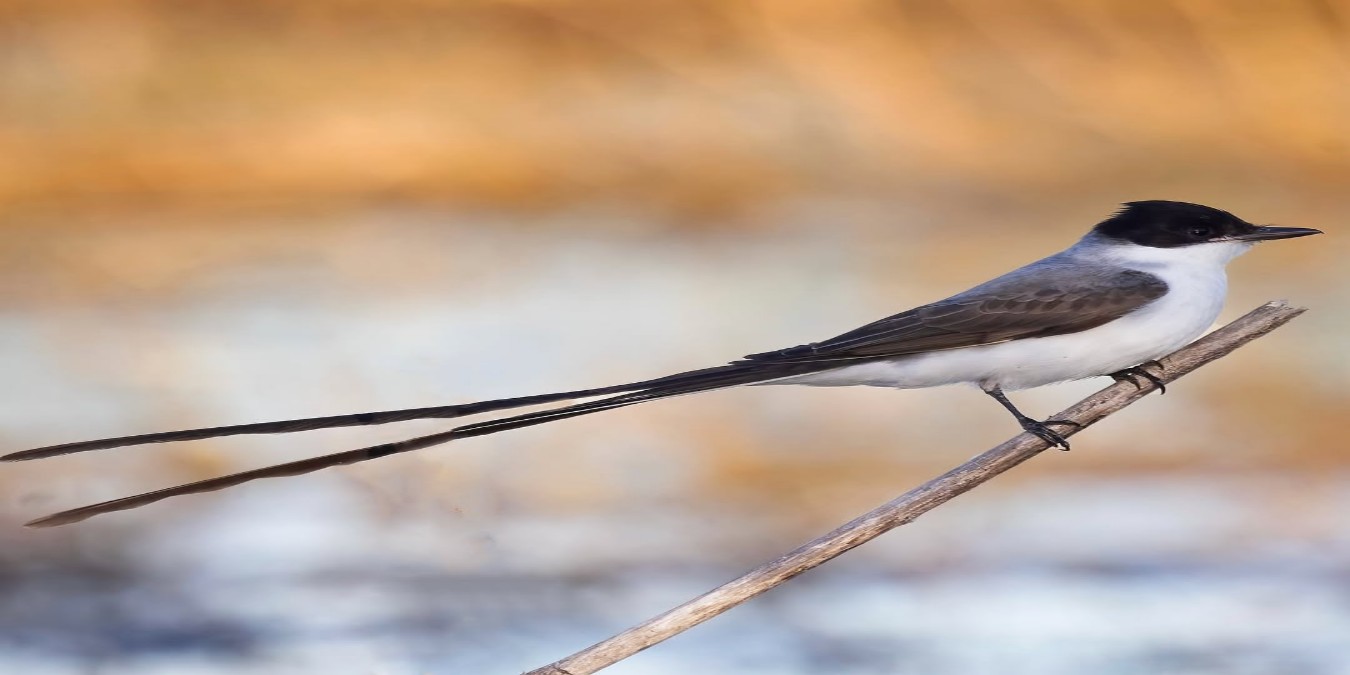Elegant, restless, and born for the open sky, the Fork-Tailed Flycatcher (Tyrannus savana) is one of Tobago’s most striking seasonal visitors, a ribbon of white and grey dancing against the island’s wide horizons. Known locally as the “Scissors-tail,” this graceful bird drifts above pastures and ridgelands with effortless poise, its long twin tail streamers slicing the air like blades of silver.
Though it breeds far south in the grasslands of Argentina and Chile, each year it journeys northward, pausing in Tobago’s open country between May and October, while a paler race arrives from November through February. Neither stays to nest, yet both lend the island a fleeting touch of elegance, a reminder of the vast migratory highways that link the Americas through flight.
Measuring just over 30 centimetres (12 inches) from beak to tail, the male’s extended feathers can reach nearly half that length alone, delicate yet powerful in their symmetry. When the birds moult between June and September, they are seen briefly without them, a momentary plainness before the renewal of their extraordinary plumage.
In the open fields and coastal flats, they perch on fences or bare branches, darting out to snatch insects in midair with acrobatic precision. As daylight wanes, they gather in loose flocks, winging low across the land toward mangrove roosts, their pale bodies flickering like sparks over the dusk.
Graceful yet sociable, the Fork-Tailed Flycatcher captures the restless beauty of Tobago’s skies. This traveller reminds us how even the smallest wings can carry the spirit of the wild across continents and seasons alike.


Comments